We tend to take the humble wine cork for granted but it is, in many cases, the critical factor in preserving our wines and spirits. It protects them from the air outside their glass containers and preserves the qualities of the valuable nectars which are stored within. Many people will argue that synthetic or metal screw top closures are more effective and in the cheaper ranges, particularly of wines, they probably are. Connoisseurs, however, still believe that natural cork has an important role to play.
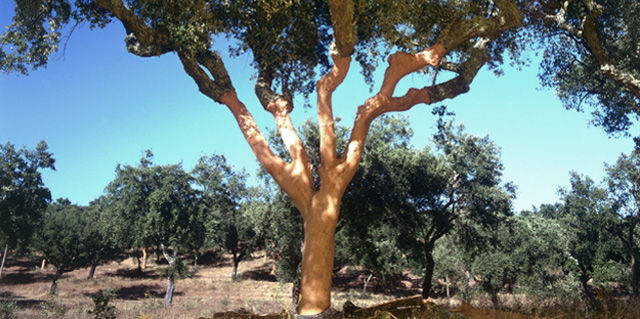
Cork is the bark of the Quercus suber or “cork oak” tree. A medium-sized, evergreen oak that covers millions of hectares in Spain, Portugal and North Africa. Unlike the frenzied yearly cycle of the wine industry, the evergreen oaks move like sloths, slowly expanding and growing the bark, known as orange bark. The cork oaks are first stripped of their bark 20 years after they are planted. They are then shaved of their bark every 9 years after that for up to 200 years. The date of the last harvest is marked on each tree. The first layer is known as “virgin” cork and is used to make articles of home decoration and granulated cork for insulation. Only when the third layer is removed can it be used for making cork stoppers.
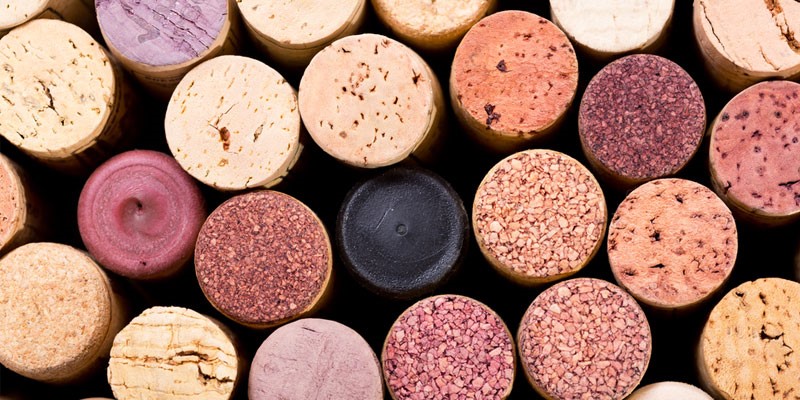
On a cellular level, cork looks like a honeycomb of air pockets. These pockets make cork both watertight and fire resistant which is why it works so well to age wine. Its molecular structure makes watertight seals easily but also lets tiny bits of air move in or out allowing the flavour and aroma to evolve and become more complex over time. This evolution can take many years but beware, whilst water molecules pass quite slowly through cork, spirit molecules are much smaller and pass through more quickly. It is for this reason that many older cognacs always have a wax seal over the cork. Natural ageing of cognacs must be in sealed containers as the gradual loss of alcohol can, over many decades, cause the spirit to degrade to such an extent that it can become completely undrinkable.
The microcellular structure of cork enables it to retain its flexibility and elasticity so always remember to put the cork back in the bottle after use. Also, never let the contents of your spirits bottle come into contact with the cork since this will degrade its structure more rapidly.
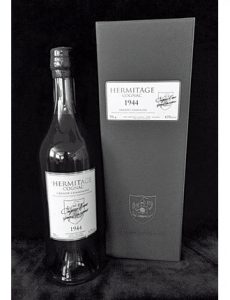 We are really excited about the latest Hermitage 1944 Cognac to make it onto our shelves.
We are really excited about the latest Hermitage 1944 Cognac to make it onto our shelves.


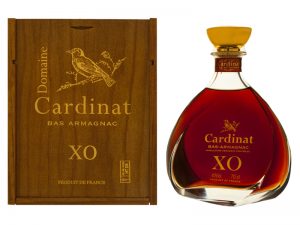 The Bureau National Interprofessionnel de l’Armagnac (BNIA) has increased the minimum age requirement for
The Bureau National Interprofessionnel de l’Armagnac (BNIA) has increased the minimum age requirement for 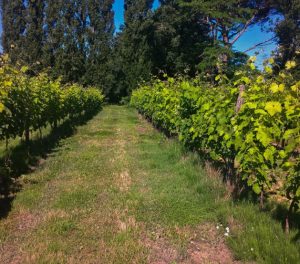 Just like in Cognac, the Armagnac region suffered from the severe spring weather with the heaviest rainfalls recorded since 1952! Thankfully the barometer has now stabilised and trellising has begun. This essential activity supports the vegetation ensuring good aeration of the grapes and minimal shoot damage by wind. Ripening is also optimised, as leaf exposure to the sun improves and thus, encourages photosynthesis. Of great ecological importance is the efficiency of phytosanitary treatment – the arrangement of the leaves on trellised plants helps this to improve. Finally, trellising also facilitates passage between the vines reducing time spent on viniculture and therefore crop costs. The recent good, stable, summer weather has ensured that this year, the budding and general well-being of the vines are exceptional. Very good news for the 2018
Just like in Cognac, the Armagnac region suffered from the severe spring weather with the heaviest rainfalls recorded since 1952! Thankfully the barometer has now stabilised and trellising has begun. This essential activity supports the vegetation ensuring good aeration of the grapes and minimal shoot damage by wind. Ripening is also optimised, as leaf exposure to the sun improves and thus, encourages photosynthesis. Of great ecological importance is the efficiency of phytosanitary treatment – the arrangement of the leaves on trellised plants helps this to improve. Finally, trellising also facilitates passage between the vines reducing time spent on viniculture and therefore crop costs. The recent good, stable, summer weather has ensured that this year, the budding and general well-being of the vines are exceptional. Very good news for the 2018 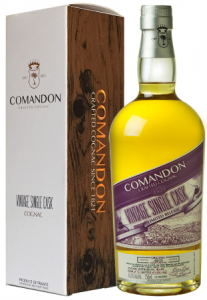 This is a very young, vintage cognac (aged for 3 years) but with an interesting history.
This is a very young, vintage cognac (aged for 3 years) but with an interesting history.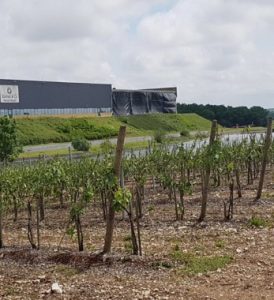 The Cognac Region has once again been hit by severe hailstorms. At the end of May hailstones, some the size of golf balls, were seen in the south of Charente-Maritime, the Borderies, the west of Matha and the Rouillac area. In total, more than 10,000 hectares in the Cognac region were affected. However, an original estimate that 25% of the total crop was damaged has now been revised to 5-6% maximum. Although some areas were severely affected at the time, it now appears that the actual damage done is less than was originally anticipated. Harvest hopes have also been given a fresh boost with the sunny weather that followed the earlier storms, allowing the crops to ripen better than normal. It is expected that this year’s yield will be at least up to normal levels of 12 hectolitres of pure spirit per hectare. If this does prove to be the case it should help to stabilise
The Cognac Region has once again been hit by severe hailstorms. At the end of May hailstones, some the size of golf balls, were seen in the south of Charente-Maritime, the Borderies, the west of Matha and the Rouillac area. In total, more than 10,000 hectares in the Cognac region were affected. However, an original estimate that 25% of the total crop was damaged has now been revised to 5-6% maximum. Although some areas were severely affected at the time, it now appears that the actual damage done is less than was originally anticipated. Harvest hopes have also been given a fresh boost with the sunny weather that followed the earlier storms, allowing the crops to ripen better than normal. It is expected that this year’s yield will be at least up to normal levels of 12 hectolitres of pure spirit per hectare. If this does prove to be the case it should help to stabilise 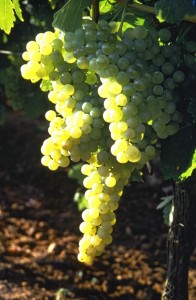 For years the
For years the 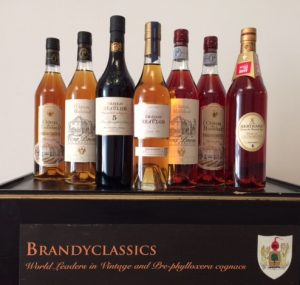
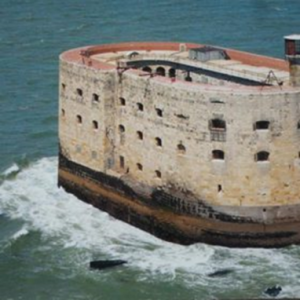 Another company seeking to recreate a cognac from a past era (see
Another company seeking to recreate a cognac from a past era (see 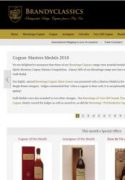 At Brandyclassics our philosophy has always been to provide as much support and guidance to our customers as possible. After months of planning we have relaunched our website, displaying images both larger and differently and with a clearer background. We hope the easier navigation will help you find the information and products you need and will be especially useful for those wanting to buy our cognacs and brandies on their portable devices.
At Brandyclassics our philosophy has always been to provide as much support and guidance to our customers as possible. After months of planning we have relaunched our website, displaying images both larger and differently and with a clearer background. We hope the easier navigation will help you find the information and products you need and will be especially useful for those wanting to buy our cognacs and brandies on their portable devices.